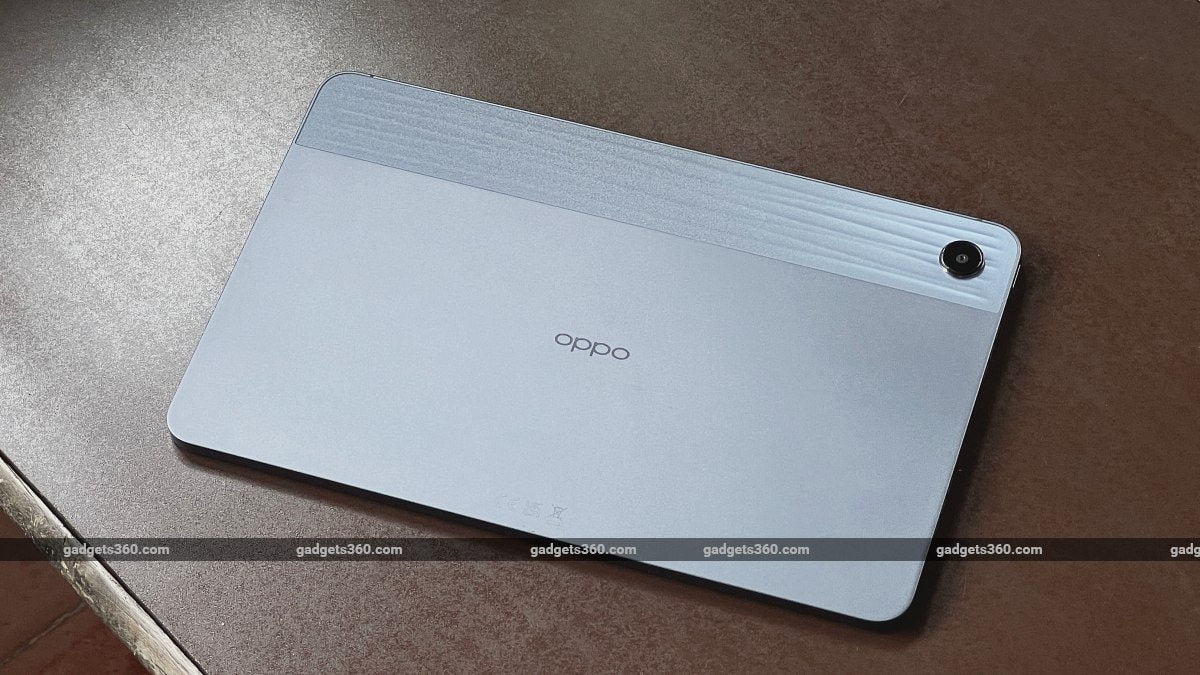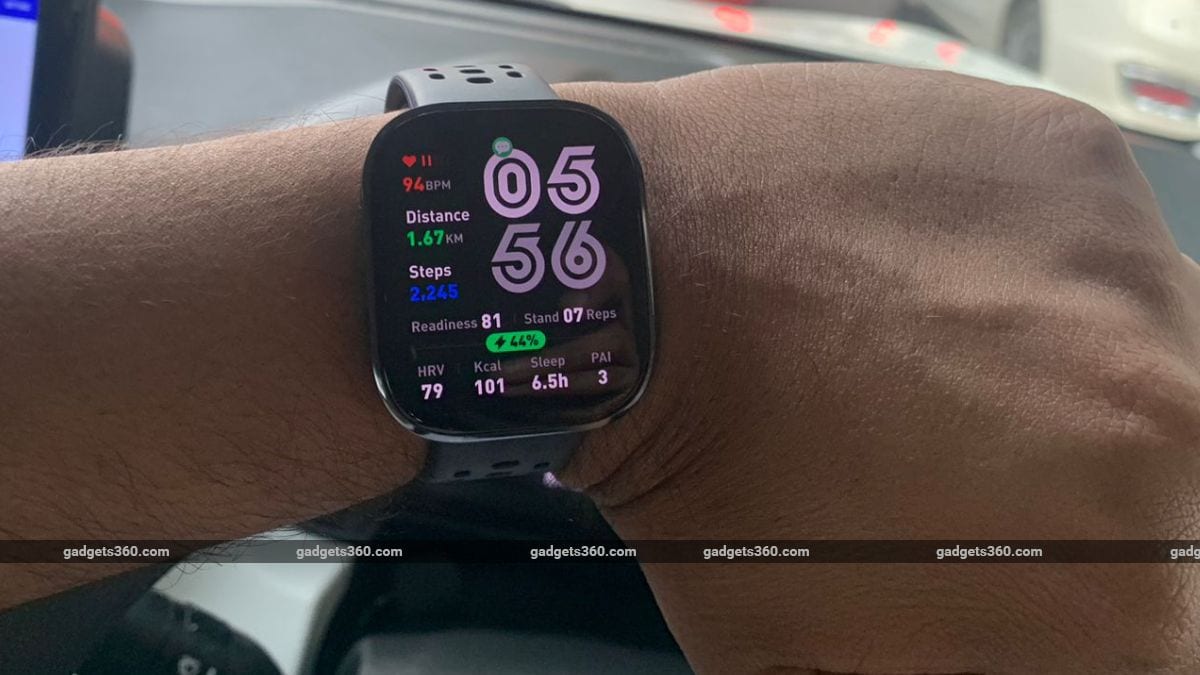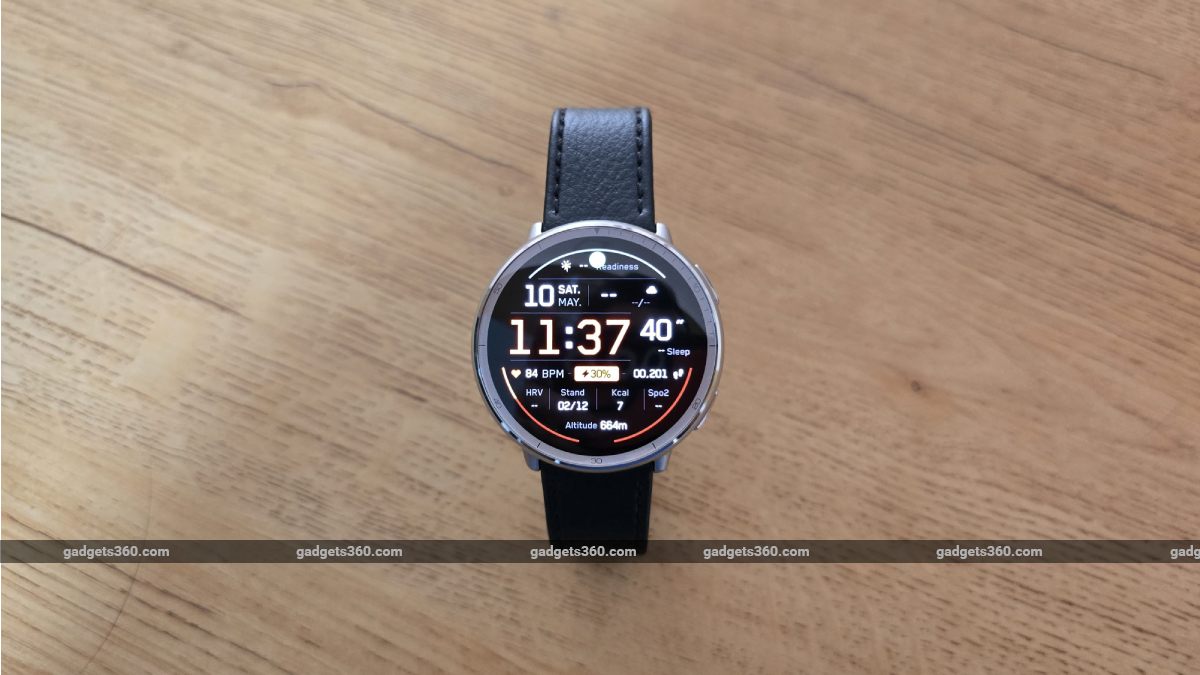Oppo Pad Air review: Good for basic use

Oppo Pad Air has been launched by the company as the first tablet in India. In the tab, the company has focused on its build quality. At a glance, the Tab offers everything a user could expect, with a great deal of style. But is it enough to compete in the competition? I used this tablet for a few weeks and read here what I think about it.
Price of Oppo Pad Air in India
Oppo Pad Air comes in two configurations in India. The base variant that I got comes with 4GB RAM and 64GB storage and can be purchased for Rs 16,999. The second variant comes with 128GB storage but the RAM is only 4GB. Its price is Rs 19,999. The tab can be purchased only in gray color.
Design of Oppo Pad Air
Despite being a budget tablet, it feels more premium. It is quite solid in structure and looks like it can withstand even splashes of water to some extent. With unibody design, it has a metal case, which has anodized finish and it does not slip from the hand. Its sides are flat and the corners are in round shape. Its build quality, devoid of sharp or rough edges, looks quite impressive.
Oppo Pad Air is quite light in weight at 440 grams. It is easy enough to use with one hand, but you will need both hands to operate. If anything is protruding from the body, it is its rear camera, but even after placing it on a flat surface, it does not lift the tab up. The back has a plastic stripe that spans a quarter of it and has a nice looking wave pattern. For connectivity, perhaps it also helps in receiving the signal.
When held horizontally, power and volume controls are found on the top left corner. A pull out tray is also provided at the top but it is only for supporting micro SD card.
Talking about the Tab’s display, it has thin bezels and round cutouts at the corners that match the curves of the tablet’s frame. Speaker grills are found on the side and USB Type C port is provided on the right side. Along with the Tab, the company provides a single accessory called Oppo Life Smart Stylus Pen. It can be purchased by spending Rs 3,999.
Specifications and software of Oppo Pad Air
In this device, the company has used Qualcomm Snapdragon 680 chip which is made with 6nm fabrication process. In the tab you get 4GB LPDDR4X RAM and 128GB UFS 2.2 storage. It also has an expandable RAM feature so that the storage space can be used as RAM.
For connectivity, it has Wi-Fi 5 and Bluetooth 5.1 but there is no GPS. However, basic sensors like accelerometer, ambient light and gyroscope are available. Its battery is 7,100mAh with which 18W PD charger is included in the package. There is no support for LTE and there is no fingerprint scanner either. It has 2D face unlock which does not perform well every time. Apart from two storage options, the tab also supports microSD card up to 512GB.
It runs on Oppo’s ColorOS 12.1 which is based on Android 12. Visually, it looks similar to ColorOS 12.1 found in smartphones. It seems a bit surprising here that apart from many static wallpapers, Oppo has also included live wallpapers, which look quite good, but it seemed a bit heavy for the system to handle them.
Many options are also provided for customization, which also includes auto theme engine. This version of Color OS takes up 14GB of storage from the tab’s internal space, leaving around 47GB of space for apps, games and photos. The only third-party app present in the tab was Netflix.
In the Settings app, I found a floating window feature called Flexible Window under Special Features. With its help, I was able to open supported apps in a small floating window and I could also change its size. It was running smoothly but with a full screen app running in the background you can only open a small app in a floating window. It also had a split screen option called Dual Window but I was not able to adjust its size as per my need.
Performance of Oppo Pad Air
The performance of Oppo Pad Air was good. Also found some slight lags. Multitasking wasn’t great but with the help of the expandable RAM, I was able to keep a few apps open in the background. To put it simply, every fourth app was restarting after opening it again but it was also loading quickly.
Talking about benchmark scores, the tab scored 2,53,080 points on AnTuTu. It scored 384 and 1,618 points in Geekbench’s single and multi-core tests respectively. In GFXBench, it scored 37fps, 14fps and 7.6fps in T-Rex, Manhattan 3.1 and Car Chase tests respectively.
The tablet is not designed for gaming, yet I tried playing Asphalt 9: Legends on it. The default settings and texture pixels looked torn but the game was able to be played after skipping several frames. Casual games like Subway Surfers ran well.
Oppo Pad Air has a 10.36 inch IPS LCD display whose resolution is 2,000×1,200 pixels. Such high resolution is rarely seen in this segment. The display is quite sharp with text and images appearing well and colors looking natural. The display does not perform well outdoors as compared to indoor, because the colors look washed out when you go outside. The cover glass is quite reflective and it is quite difficult to watch movies etc. on it in direct sunlight.
Pad Air has Widevine L1 certification which is good enough for FullHD video playback. SD content looks quite sharp but the black level needs a lot of improvement. Its quad speaker system sounds quite loud, so much so that I missed the 3.5mm headphone jack.
Talking about its camera performance, it is below average. Photos look quite dull and lack details even in daylight. The 5 megapixel selfie camera takes comparatively good photos. The front camera proves to be good for video calls. Video recording from the primary camera proves to be very weak.
Since gaming on it was limited to casual games and the camera was of no use, I mostly used it for watching movies, web browsing and everyday social media applications. With this much usage, the tab easily lasts for one and a half day. And if I had watched the movie offline then perhaps it could have taken two days. The Pad Air lasted 18 hours and 40 minutes in the HD video loop test, which is quite impressive for a tablet. It took 2 hours and 34 minutes to fully charge its battery with an 18W charger.
our decision
Oppo’s effort to release a tablet for the Indian market was quite good. Apart from being a budget machine, it fulfills all the requirements for daily usage and the price is also quite reasonable. It lacks 4G/LTE radio, headphone jack but expandable RAM and 128GB storage make up for it. Overall, it fits the budget if you go for movies, web browsing or checking emails, but it is not designed for gaming or productivity.
Unfortunately for Oppo, realme pad It offers the same specifications with the same form factor at a lower price. There is also a 4G/LTE variant and the price starts at Rs 15,999. The software experience of Realme is also better than that of Oppo, because it has been optimized for tablets. If you can spend a little more money Lenovo Yoga Tab 11 Also available in which good design and build quality is available. In terms of entertainment, this tab is quite ahead in which the speakers are very good and loud enough for small rooms.

